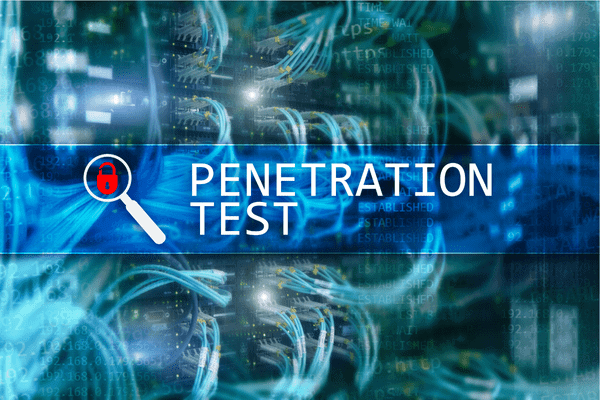Internal auditing is an independent, objective assurance and consulting activity designed to add value and improve an organization’s operations. The role of internal audit is to provide independent assurance that an organisation's risk management, governance and internal control processes are operating effectively. CyRAACS provides internal audit services to clients, supported by a team of trained professionals who ensure through their professional duty that an unbiased and objective view is provided for the systems, applications or processes in scope.


The objective of Compliance audits is to assess and ensure adherence to the regulatory and statutory requirements that are applicable to an organization. At CyRAACS, we offer compliance audit services to clients and assist them in ensuring adherence to the regulations. (At CyRAACS, we support our customers in ensuring compliance with the laws by providing compliance audit services.)
Depending on their industry and geographic location, organizations may be required to adhere compliance to regulations, standards, frameworks and guidelines such as PCI, GDPR, CCPA, HIPAA, NIST CSF etc).
Readiness assessment promotes a common understanding of good practices and a means to consistently assess risks and actions to manage risks. It projects the current status of the organizational compliance to the various regulations, frameworks and standards that apply to them.


Business Continuity planning is essentially a form of insurance. It gives organizations the comfort of knowing that, even if disaster strikes, the damage won’t be overwhelming.
Having an effective Business Continuity Management ensures that organizations can continue to provide an acceptable service in the event of a disaster, helping them preserve their reputation and keep revenue coming in. In the event that its key management resources are compromised, it is critical for an organization to be proactive and create a viable plan of countermeasures.
CyRAACS’s business continuity professionals provide consultancy help in identifying risks arising from third party vendor networks, managing them effectively, and planning how you can operate, improving your organizational resilience.
Vulnerability Assessment and Penetration Testing (VAPT) also known as Offensive Security Testing are two types of vulnerability testing. The tests have different strengths and are often combined to achieve a more complete vulnerability analysis.
Vulnerability assessment tools discover which vulnerabilities are present, but they do not differentiate between flaws that can be exploited to cause damage and those that cannot. Penetration tests attempt to exploit the vulnerabilities in a system to determine whether unauthorized access or other malicious activity is possible which can be a threat for an application. Penetration tests find exploitable flaws and measure the severity of each.
Dynamic Application Security Testing (DAST) is a black-box security testing methodology in which the tester examines an application from outside when it is running and tries to hack it just like an attacker would. Static Application Security Testing (SAST) is a white box testing methodology in which tester examines the application from the inside, searching its source code for conditions that indicate that a security vulnerability might be present.


API penetration testing is an ethical hacking process to assess the security of the API design. API tests involve attempting to exploit identified issues and reporting them to strengthen the API to prevent unauthorized access or a data breach.
API security testing aids in the detection and prevention of vulnerabilities and the related corporate risk. API security testing may also assist in determining when an API deviates from stated API specifications. API security testing tools also aid in the enforcement of an API's correctness by scanning the business logic of an API rather than just the input validation given by the front end.
To assess the security efficacy of the IT environment, a secure configuration review examines and verifies in detail the configuration settings of systems, network devices, and applications that make up the IT infrastructure.
Typically, the required secure configuration settings may not be applied or may be overlooked while implementing, maintaining, or upgrading computer systems, networks, or network security devices. Therefore, it's essential to regularly assess the IT environment's secure setup in order to maintain organization-wide security.


The fast rise of cloud computing in recent years has altered worldwide commercial activity by delivering efficient business supporting technology, but it has also introduced various cloud security concerns and risks. The expanding use of the public cloud, which involves massive amounts of data, is creating new cloud security challenges and vulnerabilities.
Cloud Configuration Review help to identify risks specific to the cloud infrastructure and corresponding applications and processes. It helps organizations assess the effectiveness of controls implemented and remediations required. Such assessments focus on key security elements such as data segmentation, access and authentication, availability, regulatory practices and compliance.
Secure code review is either a manual or automated process that inspects an application’s source code. This investigation's objective is to find any security holes or vulnerabilities that may already exist. Among other things, code review particularly searches for logical problems, evaluates how the specification was implemented, and verifies style conventions.
Although secure code review may take place at any stage of the software development life cycle (SDLC), it has the most impact when it is done sooner since that is when code updates can be made most quickly and easily. Automated code review, in particular, enables quick modifications, when necessary, when developers are actively producing code.


Policies are the vehicle deployed by the Board and the Executive Management to set the risk appetite for the organization. These policies also need to incorporate requirements from legal and regulations, client contracts, and standards/frameworks. A comprehensive set of policies for Information Security forms the baseline for implementing the various security controls. Policies need to be updated periodically to align with the evolving threat landscape and increasing regulatory scrutiny.
We can manage the complete lifecycle for Policy Management from Risk Assessment, Policy Management Structure, Policy Writing and Approval, Publishing and Dissemination, Training, Review, and Updates.
